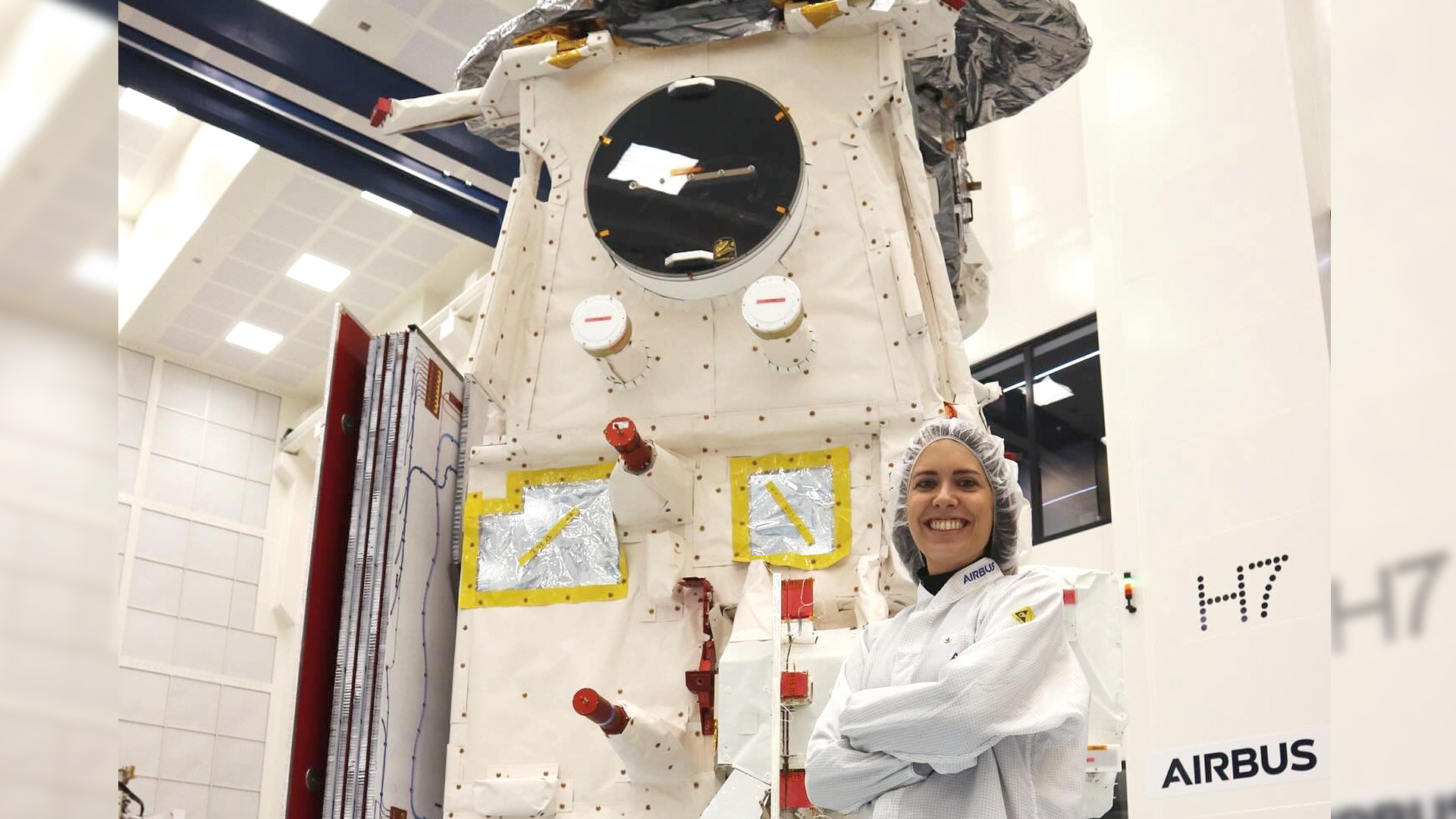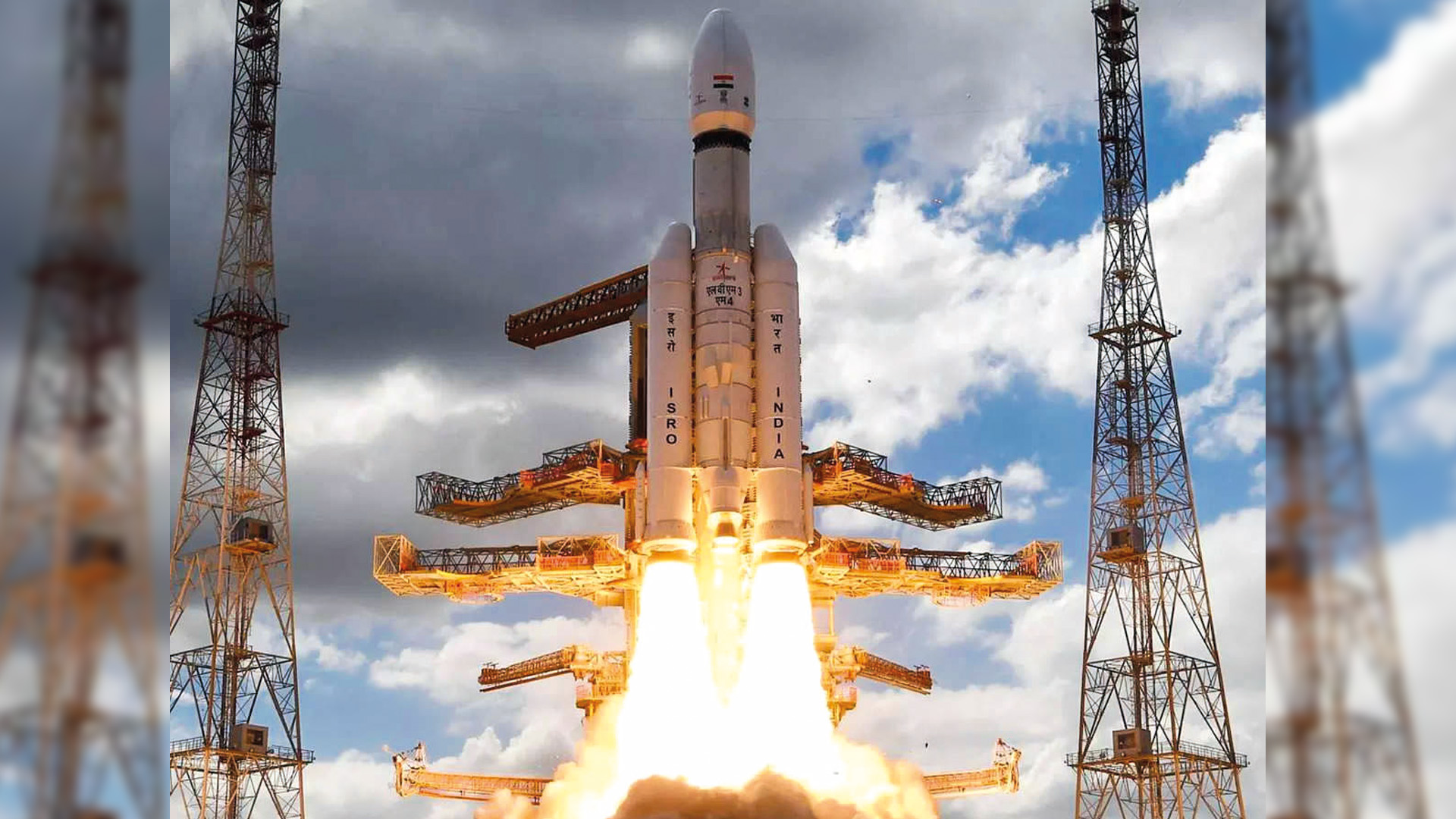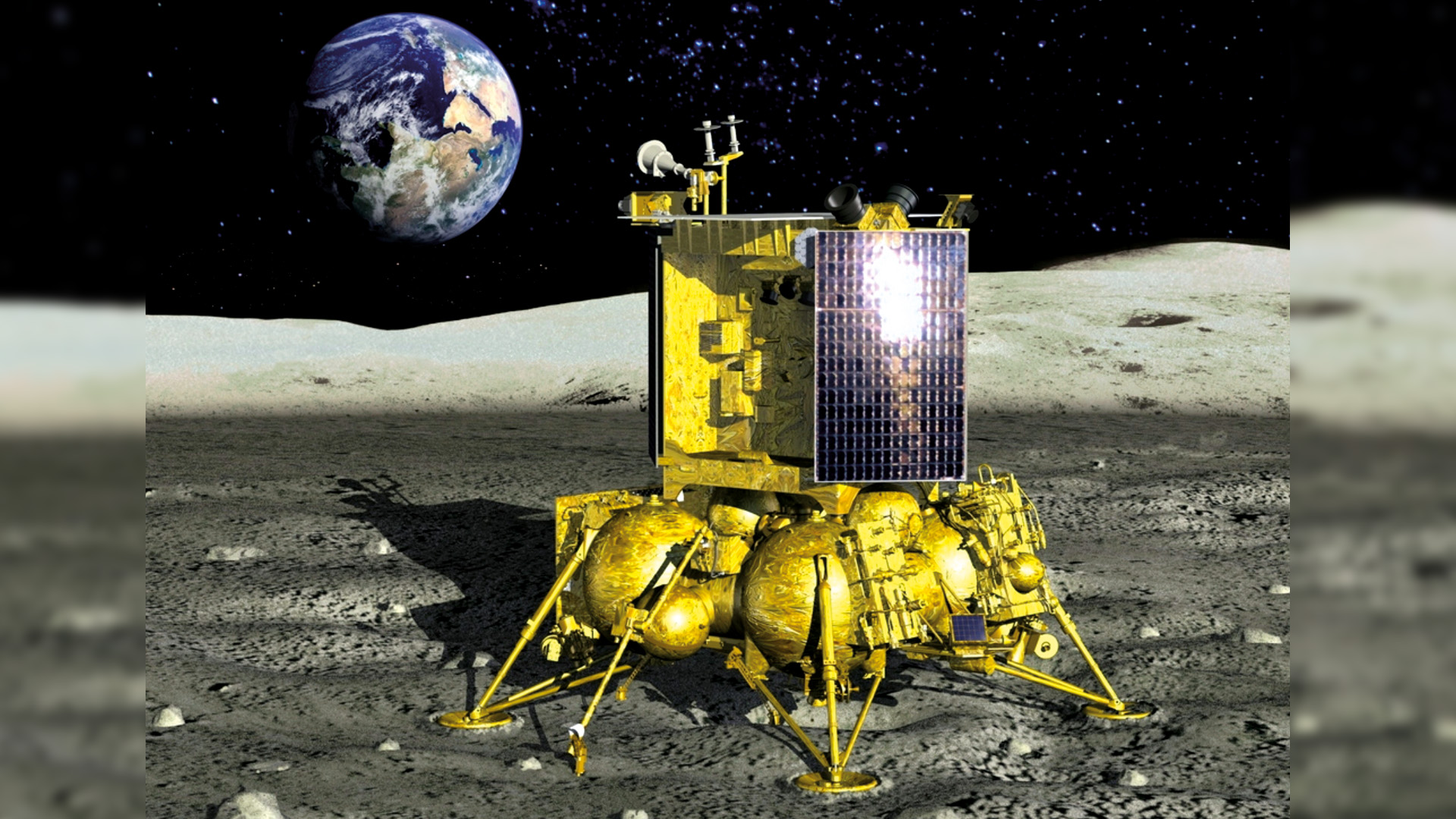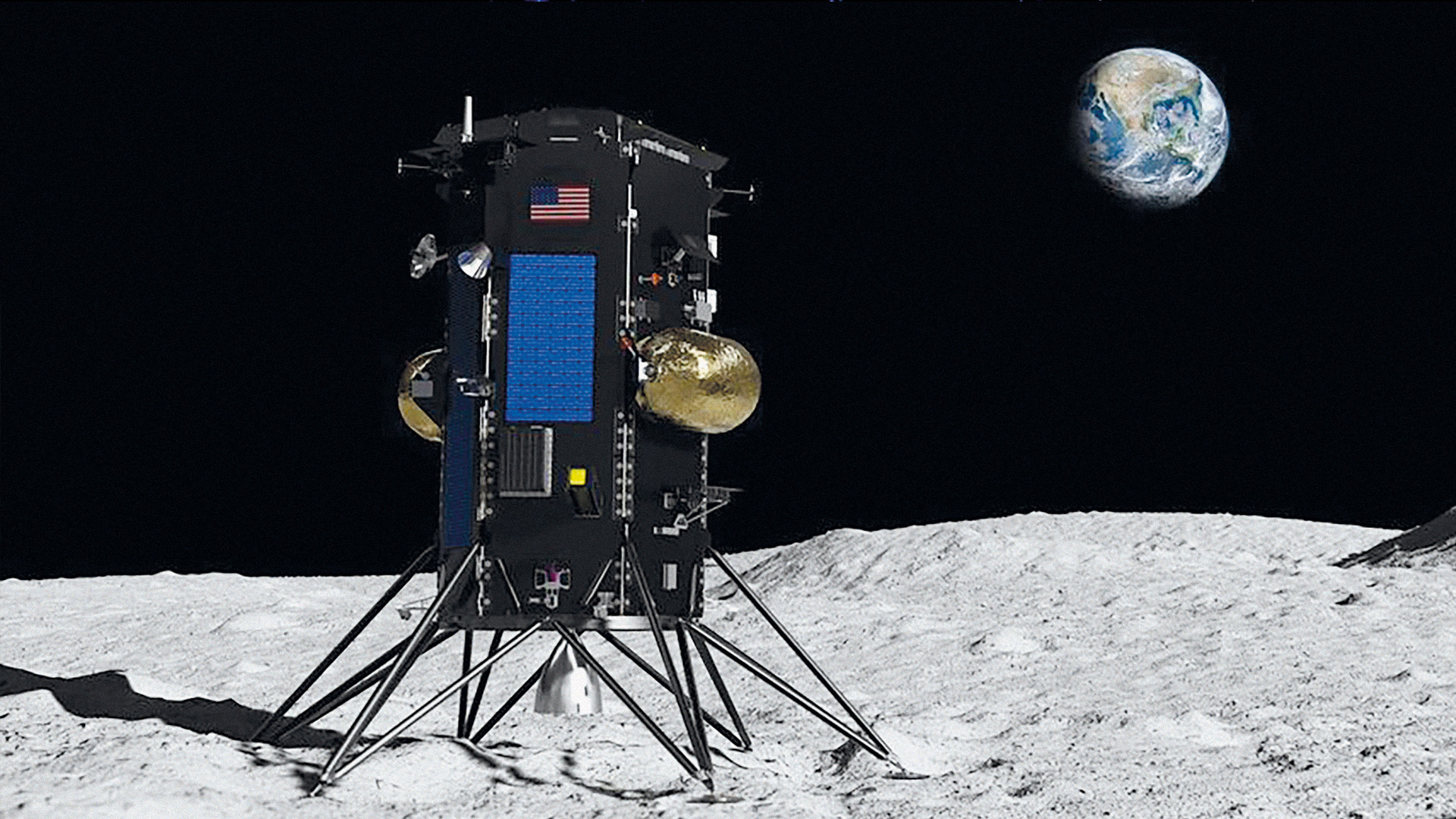Moon Landing 2.0 Sowing the seeds of the new space era
Our satellite has always piqued the interest of the human being. From time immemorial, the Moon, with its influence on planet Earth, has elicited endless questions about its existence. But thanks to the technological revolution, over fifty years ago we succeeded in setting foot on its surface.
After the launch of Sputnik 1 by the Soviet Union in 1957, the United States embarked on a fierce space competition against the USSR. As a result, NASA launched the Apollo program in 1961 with the explicit objective of taking a man to the Moon before the end of the decade.
Apollo 8, in 1968, was the first mission to reach the lunar orbit. On July 20, 1969, Apollo 11 took Neil Armstrong and Buzz Aldrin to the surface of the Moon, where Armstrong would say his famous phrase, “one small step for [a] man, one giant leap for mankind.” And now, once again, we want to take another giant leap. One that is even bigger.
We have the Moon in our sights, with the new Space programme, Artemis, aiming to be a huge success and return us to the Moon for a number of reasons, including the possibility of creating a transit base for future Mars missions and for Space exploration.
However, this is not the only mission underway. At the time there are a myriad of stakeholders at play; more countries and private companies have at their disposal the investment and technology to return to our satellite.

NASA’s Artemis mission
Since the year 2004, NASA has tried to jumpstart this program to return to the Moon. At the time, then-President George W. Bush announced the Vision for Space Exploration, an initiative to send humans back to the Moon and, ultimately, land on Mars.
Since then, numerous efforts have been performed to shape what is today known around the world as the Artemis program. Its objective: send astronauts to the Moon’s south pole and, ultimately, establish a permanent presence on the Moon, with sights on it serving as a resupply station for future missions to Mars. Additionally, a small space station in Moon orbit called Gateway would support future missions to its surface.
But the lunar south pole is a challenging region with extreme conditions where temperatures range from as high as 54°C during periods when it is illuminated by the sun to as low as -203°C in the craters that are in permanent darkness and have not been touched by sunlight in billions of years.
We have the Moon in our sights, with the new Space programme, Artemis, which aims to be a great success and bring us back to the Moon for many reasons”
Astronauts who descend on this region will find long, dark shadows that hide the terrain’s features—a very different landscape from the luminosity Armstrong enjoyed.
However, the unique characteristics of this region offer the possibility of making scientific discoveries that have no precedent in deep space. These findings could provide us with highly valuable information about our position in the universe and facilitate future explorations beyond our solar system.
Artemis crews will perform on-site geological studies, deploy instruments and collect samples. These actions are aimed at expanding our comprehension of planetary processes and the characteristics and origins of the volatiles present in the polar regions of the Moon.
In this new space era, technological development is on our side. There is no comparison to what it was back in the Apollo era. Where back then we would make calculations by hand, now we have supercomputers, simulators, AI and more. One great example of this innovation is the new Space Launch System (SLS) rocket—the most powerful rocket developed to date, which is used in this mission.
NASA (and its Artemis program partners, including ESA and JAXA) has no choice but to stick to its program’s deadlines, since it is highly likely that before 2030 we will see astronauts from other countries hopping across the lunar surface.
For now, the Artemis 3 mission has been delayed and is expected to take four astronauts to the landing site at the south pole in September of 2026. If they want to be pioneers once again, they must continue to strongly support this new space race.
India’s Chandrayaan-3 mission
One fundamental aspect of this new lunar era is the importance of creating a stopover base on the Moon with sights on the future exploration of space. For this, it is important to reach the Moon’s south pole, and the first to accomplish this have been the scientists of India. In August of 2023, the Vikram lander of the Chandrayaan-3 mission became the first to reach this region, which has the potential of harboring a vast supply of water.

Four countries have landed on the Moon in the past, but only India has managed to do so in this hostile area”
Four countries have landed on the Moon in the past, but only India has managed to do so in this hostile area. This will benefit a number of missions, since water is expected to be obtained there and, from it, hydrogen to be used as fuel for future space missions. Scientifically, the objective of the Chandrayaan-3 mission is to understand the thermal and physical properties of the lunar surface at the landing site and learn about its chemical properties.
Luna-25 and other lunar failures
But India arrived at the Moon’s south pole shortly after the disaster of the Luna-25 probe a mission through which Russia aimed to beat India by a few days. They were unsuccessful. Communication was lost with mission control and the probe crashed.

But in every aerospace development there will be successes and failures. Japan and Israel also attempted it and, before Chandrayaan-3, even India itself suffered the loss of Chandrayaan-2’s lander.
NOVA-C and the Peregrine mission: the private initiative
The participation of private companies (and their major investors) in the aerospace sector has experienced a significant growth during the last few years, changing the way in which governments and space agencies act in terms of leadership.
Now, private companies are fundamental stakeholders in these missions. From the development of more efficient propulsion systems to the creation of new rocket and spaceship architectures, we are witnessing a number of advances that bring us closer to accomplishing ambitious goals.
There can be no doubt anymore that the active presence of private companies is transforming the aerospace industry, offering innovation, efficiency and new business opportunities. There are more than enough examples
Companies such as SpaceX, Blue Origin and others have transformed the paradigm of access to space.
In the case of the Moon, the Astrobotic private company launched on January 8, 2024, the Peregrine lunar lander from the Cape Canaveral Space Force Station in Florida. This was going to be the first private mission to the Moon as part of NASA’s Commercial Lunar Payload Services (CLPS) program.
Still, within that same program there are a number of initiatives underway, which include the launch of Intuitive Machine’s Nova-C lander in February atop a SpaceX Falcon 9 rocket to, once again, reach the lunar surface.

No obstante, dentro de este mismo programa hay varias iniciativas en marcha, entre ellas el lanzamiento en febrero del módulo de aterrizaje Nova-C de Intuitive Machines, sobre un cohete SpaceX Falcon 9, para alcanzar de nuevo la superficie lunar.
In summary, we are entering a new era, with constant technological breakthroughs, international cooperation and new challenges to discover. The road towards the Moon is illuminated by a new promise: serving as a starting point for the conquest of new worlds, starting with Mars. This time, what the future has in store for us—or the one we hope for—is one of a small step towards the Moon, a giant leap... towards the cosmos.





